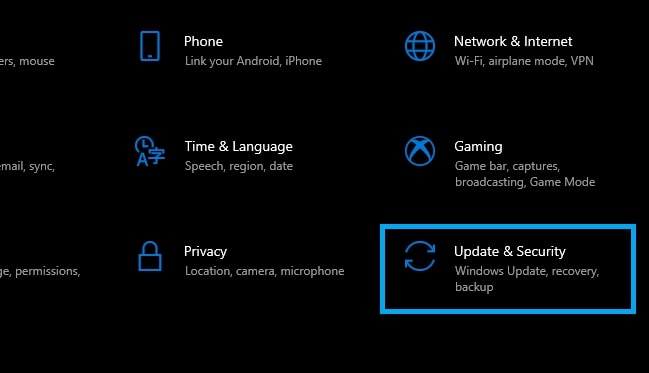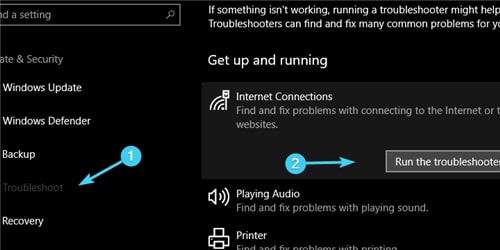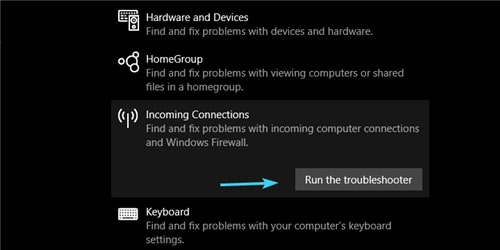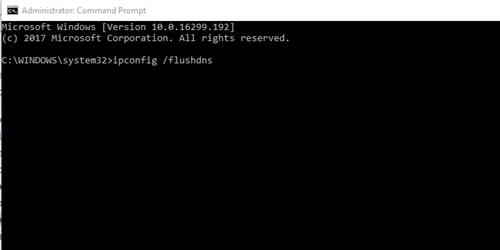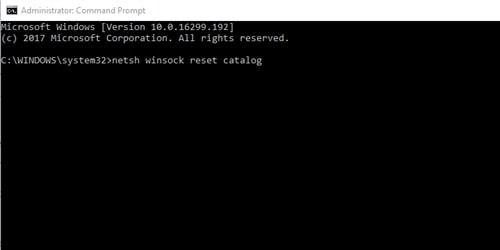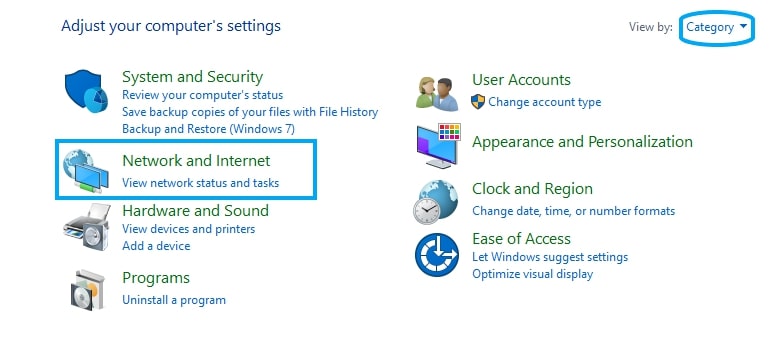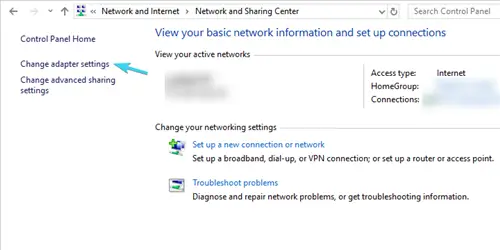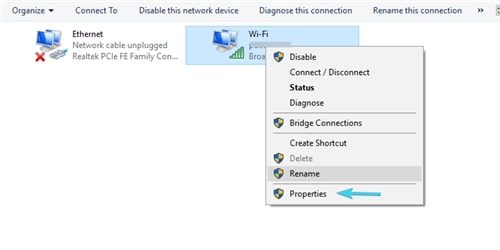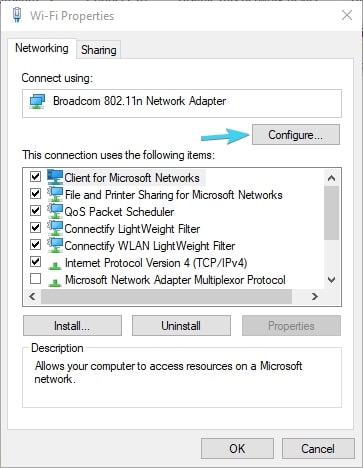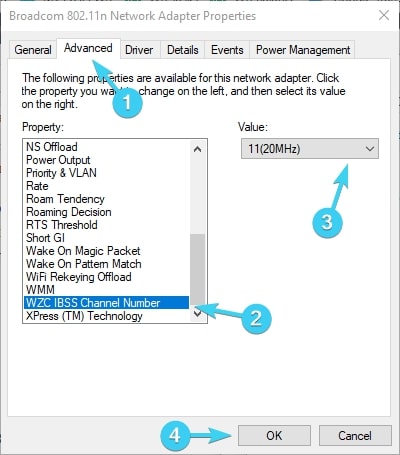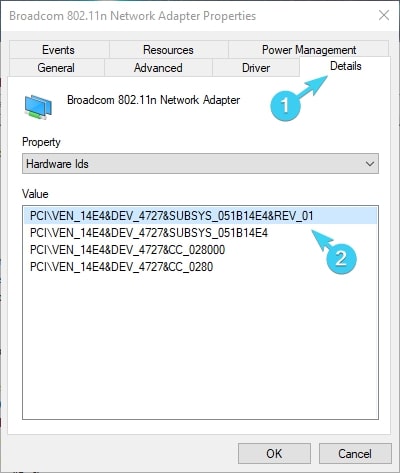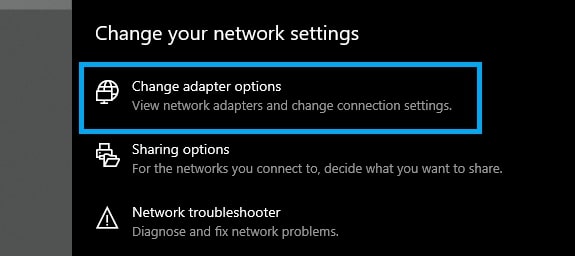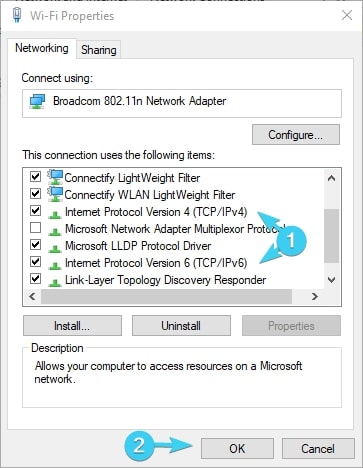- Why wifi not working but ethernet is? Here’s how to fix it.
- Wifi is Not Working But Ethernet is Working: Here’s the Solution to how to fix this problem.
- Step 1: Check your router
- Step 2: Windows troubleshooter
- Step 3: Flush DNS
- Step 4: Resetting Winsock and IP stacks
- Step 5: Different frequency band
- Step 6: Reinstall the drivers
- Step 7: Disabling IPv4 or IPv6
- Final Words
Why wifi not working but ethernet is? Here’s how to fix it.
Wi-Fi problems can be quite serious, particularly if the Internet via Ethernet works just fine but not the Wifi. Wi-Fi is the favored connection for so many users, especially since it is done with modern portable devices like laptops and phones.
Connecting and configuring Wi-Fi is not a big deal. Be that as it may, even in a particularly perfect system, once in a while errors occur, because of which wi-fi stops working. The most well-known is a problem with connecting a Wi-Fi router.
Although here and much less often there are various errors and difficulties, such as the major case when the Internet of wifi doesn’t work but ethernet does great.
In such instances of Wi-Fi problems, the problem can be easily fixed on your own without resorting to the assistance of wizards. The main task is to accurately analyze the faulty network segment, and this article will tell you how to fix the issue .
Wifi is Not Working But Ethernet is Working: Here’s the Solution to how to fix this problem.
The only fact that the LAN i.e Hardwired connection is fully functional indicates the settings of your PC or router. For this reason, I have made a list of potential solutions to help you fix this issue forever. In the event that you can connect with a LAN cable but Wi-Fi isn’t working, make sure to follow these steps.
Step 1: Check your router
To start with the router is the one causing Wi-Fi issues. The obvious way is to try to connect to the network and check using another device, like a smartphone, or another PC. If you can connect and Internet access is completely functional, proceed with the other step.
- Restart your Desktop/Laptop.
- Reboot your modem and router. Turn it off and stand by some time before turning it back on.
- Chech physical wifi switch. Every router has a dedicated Wi-Fi switch, so ensure sure Wi-Fi is turned on.
- Additionally, check your laptop for Wi-Fi switches. This applies to the function button(FN).
- Hard reset of router and modem. You can do this with the little physical button situated at the base or in your router settings.
- Connect your router and PC with an Ethernet Port through a cable and paste the specified IP address into the search bar of your browser. Paste in your credentials and search for the Factory Reset option in Settings.
- Updating the router’s firmware.
These are some of the more common troubleshooting steps that should resolve all issues related to the wifi router. Then again, we can’t avoid the possibility of a router failure, so there is that as well. Power surges, physical damage, or overheating can malfunction hardware, which certainly is a router.
Step 2: Windows troubleshooter
Now I’ve reached the conclusion that the connection issues are identified with the PC and nothing else (router or ISP issues), you should attempt to fix the issue with the Windows troubleshooter. The usefulness of this troubleshooting tool is too often overlooked.
To begin with, it will do whatever you can manually do (most things). Second, even if it can’t help you, it will give you a better understanding of the instigator of the problem .
So don’t hesitate to utilize the Windows troubleshooter for all network-related issues, including the one we’re solving today. Here are the steps by which to run it on Windows 10:
- Hold the button Windows + I simultaneously to open Settings.
- Open the section of Update & Security.
- Select Troubleshoot button from the list given on the left side.
- Highlight Internet Connection Troubleshooter and ‘Run the troubleshooter’.
- Wait for the troubleshooting to complete and ideally fix your Wi-Fi connection issue.
- You can likewise run the Incoming Connections troubleshooter.
Step 3: Flush DNS
DNS stands for Domain Name System is a vital naming system on the web. Its fundamental reason is to act as a translator between IP address and hostname, replacing the well-known “www.website.com” with an IP address and vice versa.
That being said, the DNS collects the cache, and as we all know, heaps of stored cache generally mean problems.
Presently it isn’t exactly simple to flush DNS and clear the corresponding cache. To do this, you should use the command line and several commands. Luckily, I’ve provided the following steps, so make sure to follow them:
- First, run the command prompt as the administrator by searching on the search bar.
- At the command prompt, enter the following commands and press Enter after each:
- ipconfig / release
- ipconfig / renew
- After the process completes, enter this command and press Enter:
- ipconfig / flushdns
- After this, close Command Prompt and try to connect to Wi-Fi again.
Step 4: Resetting Winsock and IP stacks
While we’re at the core Internet Protocols and Windows Embedded Applications , let’s enable Winshock and Internet Protocols (TCP / IP). Winsock is a key part of the system communication between your computer and the Internet, and like some other inherent Windows applications.
It cannot be reinstalled. You can simply dump it. The same goes for IP stacks (both IPv4 and its successor IPv6). Certainly, certain network stalls should permit this.
Now there are two different ways to reset these parts: by means of the command line and using a special utility. However, it isn’t noted if the tool supports Windows 10, so I will explain the procedure manually. To reset the Winsock and IP stacks, follow these given steps:
- First, again run the command prompt as the administrator by searching on the search bar.
- At the command prompt, enter the following command and press Enter:
- netsh winsock reset directory
- From that point onward, paste these commands to reset the IPv4 and IPv6 stacks and press enter after each:
- netsh int ipv4 reset reset.log
- netsh int ipv6 reset reset.log
- Close an elevated command prompt and restart your computer.
In the event that the issue persists, continue with the steps below.
Step 5: Different frequency band
The vast majority of the existing routers use dual-band technology. This implies you can pick somewhere in the range of 2.4GHz and 5GHz. The previous is increasingly slow and mostly used by non-pc devices, but its reach is significantly greater and it supports older devices.
Then again, the 5GHz band is much less saturated and faster, however, numerous legacy PCs will not have the option to get to it, and signal flow is effortlessly blocked by rigid obstructions like walls.
So be sure to switch between them and look for changes. On the other hand, you can choose an alternate Wi-Fi channel. The best channels to use are 1, 6, and 11 . Here’s the way to choose one in the advanced adapter settings:
- Open the control panel by searching in the search bar and open the section of Network and Internet.
- Select Network and Sharing Center.
- Click ” Change adapter settings ” in the left list.
- Right-click on your Wi-Fi adapter and open Properties.
- Click Configure.
- Select the section Advanced tab in the menu.
- In the scrolling list, look for the term “WZC IBSS Numbers Channel”.
- Select channels 1, 6, or 11 starting from the drop menu on the right and confirm the changes.
Step 6: Reinstall the drivers
Drivers are another blameworthy part that is often neglected. While the generic drivers provided by Windows Update should work without issue, this isn’t generally the situation. Some of the time they will not meet the requirements and the wireless adapter will endure simultaneously.
Without genuine drivers, your device won’t associate properly or the network connection will be unstable.
Now, as should be obvious, there are 3 options regarding drivers. You can remove them and let the system update them automatically. Another way is to go to the OEM support site and download the proper driver. And the third alternative is to utilize TweakBit Driver Updater and allowed it to emphasize all the drivers on your system.
If you are a more advanced user, here are the steps you ought to follow to determine and resolve your network driver problems:
- Open the Device Manager and by right-clicking on the start.
- Expand the Network Adapters.
- Right-click on Wireless Adapter and update it and restart your computer.
- If that’s not enough, right-click your Wireless Network Adapter again and open Properties.
- Click the Details tab.
- Select Hardware Ids from the drop-down menu.
- Copy the first line and paste it into your browser.
- Find the official OEM support website accordingly and download the driver.
- Install the driver and restart your computer.
Step 7: Disabling IPv4 or IPv6
At last, you can have a go at disabling one of the web protocols and moving from that point. They generally function admirably when combined, however now and then an absence of synergy can cause issues. Obviously, you can disable the former or the latter, yet not both. Most older Wi-Fi cards should be easier with IPv4, so remember that.
Here are the steps by which you can disable IPv4 or IPv6 on Windows 10:
- Open the notification area of the taskbar right-click the Wireless Network icon and then select Open Network and Internet Settings.
- Click on the Change adapter settings.
- Right-click on your Wi-Fi adapter and open Properties.
- Disable IPv6, confirm changes, and look for improvements.
- In the event that the problem still continues, re-enable IPv6 and disable IPv4.
Final Words
There’s nothing more to it. If none of the above-mentioned steps helped you connect to the Internet via Wi-Fi, we recommend that you contact your ISP’s tech support.
If the router is flawed and you need a replacement. Also, don’t forget to share your questions or suggestions with me. The comments section is just below, and I appreciate your feedback on this.
If your problem of “wifi doesn’t work but ethernet does” is solved and the given steps worked then don’t forget to share.
